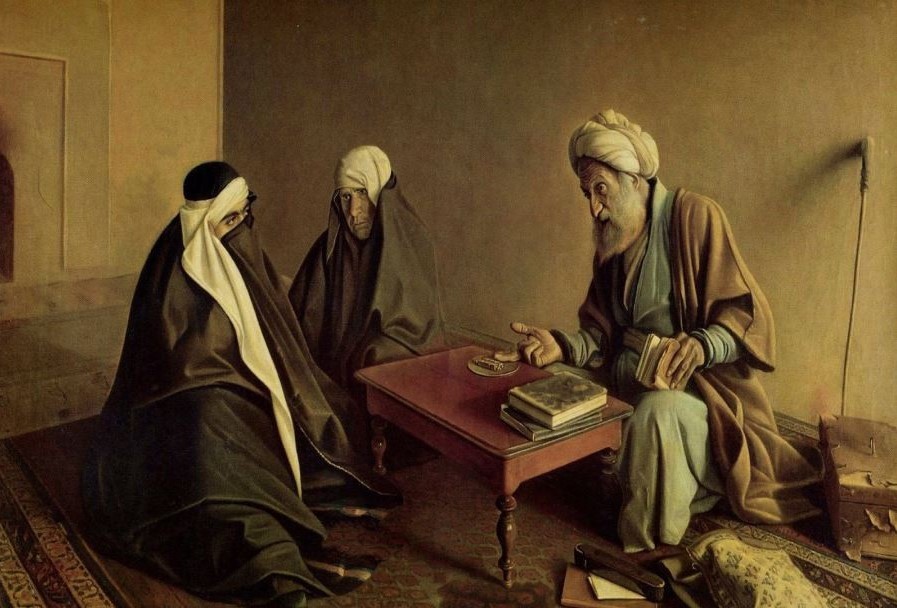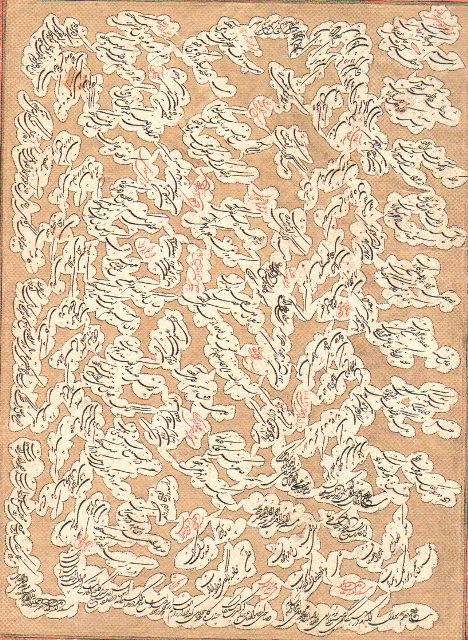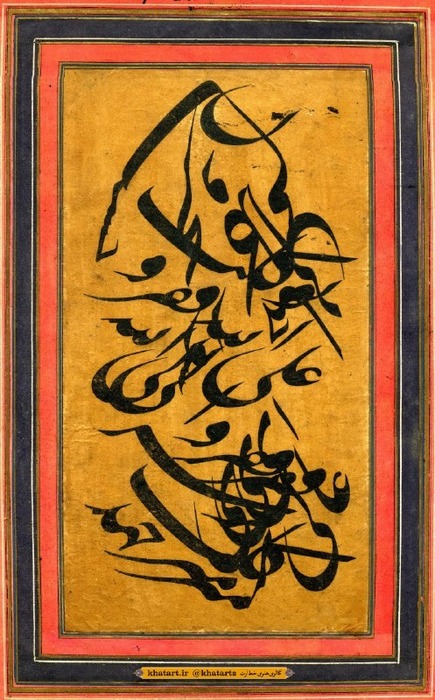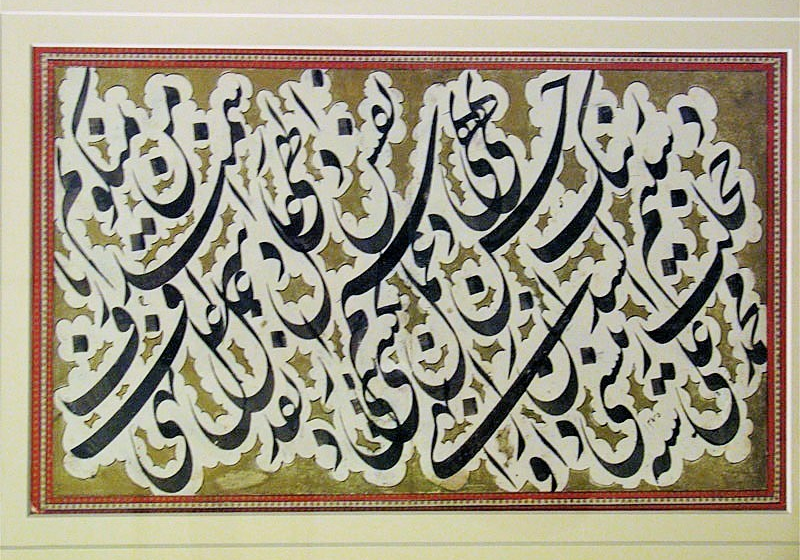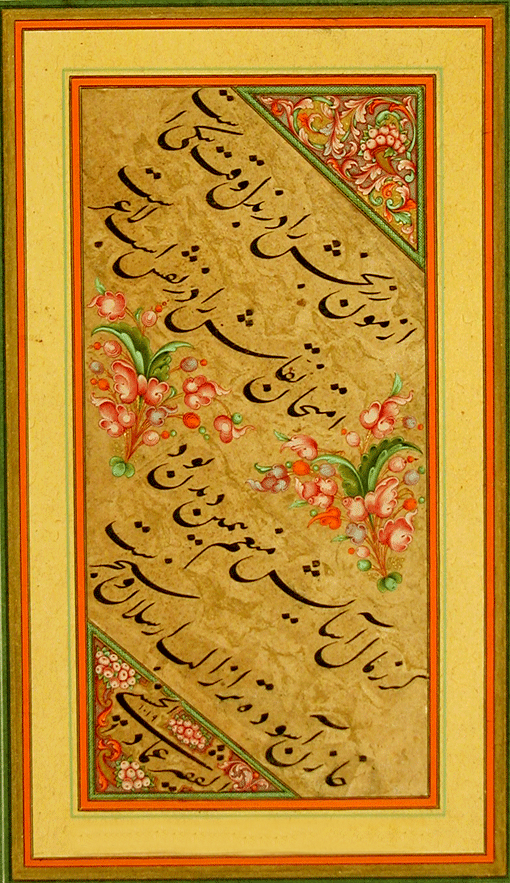Photography: Lasting Frames that Tell the History of Iran
Photography is one of the various branches of the visual arts and is the art of creating lasting images through light or other forms of electromagnetic radiation on light-sensitive materials. The process of capturing an image in photography can be chemical (on a photographic film) or electronic (using a digital image sensor).In film photography (negative), an invisible image is formed, which becomes visible and printable on paper after undergoing a chemical development process. In digital photography, the result is the generation of an electric charge in each pixel, which, after electronic conversion and storage in a digital file, becomes ready for further processing.
Photography is a combination of science, industry, and art. This phenomenon, which emerged in the 19th century, was first born as a scientific achievement, then developed into an industry, and later became established as one of the forms of visual art.
History of Photography
The origins of photography date back to 1822, with the discovery of light’s effect on light-sensitive materials in a dark room. This discovery was made by Joseph Nicéphore Niépce, a French inventor (1765–1833). The first surviving photograph taken by him dates to 1826. The term “photography” (meaning drawing with light) was first coined by Sir John Herschel, an English chemist, mathematician, and inventor (1792–1871), in a letter to one of his colleagues.
The pioneer of photography in its modern sense was William Henry Fox Talbot (1800–1877) from England. Talbot introduced the negative–positive process (also known as the negative–positive method) to the world. In his technique, he used a paper negative, from which a positive image could be produced. Before Talbot’s innovation, photographers had to prepare light-sensitive metal plates that were the same size as the object or subject being photographed, meaning they could not alter the size or dimensions of the image.
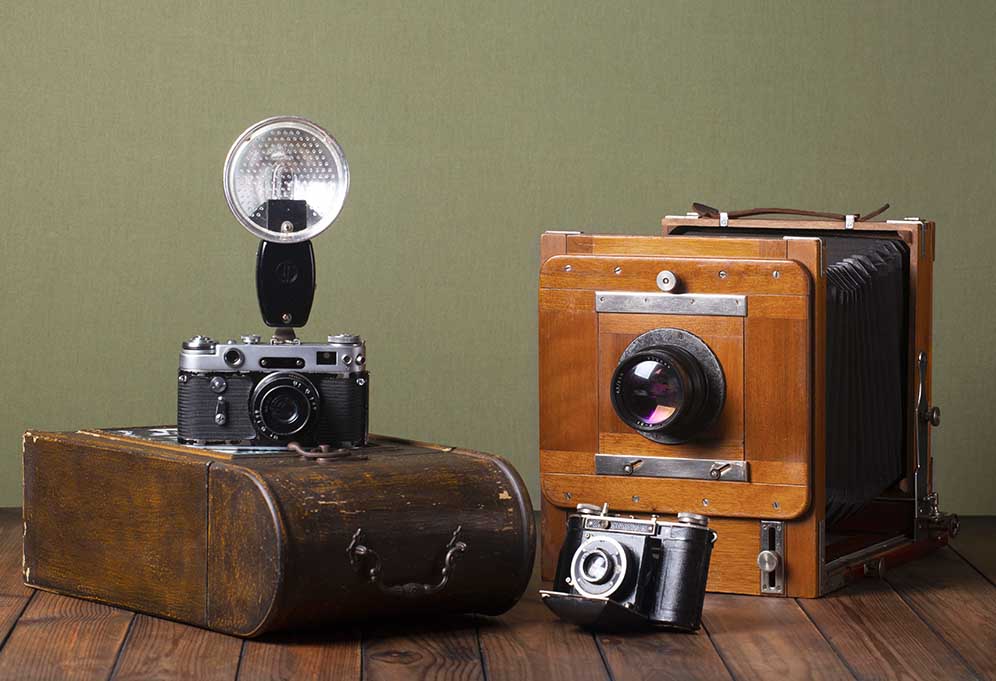
The Emergence of Digital Photography
The foundations of digital photography were laid through various experimental efforts during the second half of the 20th century. The first major step came in 1975, when Steven Sasson, an engineer at Kodak, built a camera weighing approximately 3.6 kilograms that could capture black-and-white photographs and record them onto a digital cassette tape. This early camera had a resolution of one megapixel and required about 23 seconds to produce each image. Following this innovation, the first true digital camera appeared in 1988, and the first commercial digital camera models were introduced to the market in 1990. These cameras were equipped with image sensors, stored photos digitally, and could be connected to a computer for output and processing. Over time, an intense competition arose among major companies to develop cameras with higher resolution and better print quality, eventually leading to digital cameras replace to analog ones. Another significant factor in the widespread adoption of digital photography was the collaboration between companies such as Microsoft and Kinko’s with Kodak. These partnerships focused on developing photo-editing software, producing Photo CDs, and digitally archiving visual documents, which played a crucial role in advancing digital imaging technology.

Types of Photography
Photography can be categorized based on subject matter, content, or specific purpose into various types such as portrait, photojournalism, documentary, social documentary, nature, surrealist, abstract, fashion, architectural, sports, industrial, astronomical, infrared, conceptual, photo sequence, and creative photography. In addition to this thematic classification, certain types of photography are also distinguished by the unique techniques used to capture them.
Below is an overview of some of the most significant genres of photography:
A) Portrait Photography
Portrait photography is a type of photography that captures the appearance, emotions, and personality of an individual or a group of people.
In this style, the subject may appear full-length against a background, but the main focus is typically on the face and eyes, as they are the most expressive elements.
In portrait photography, studio lighting or carefully chosen natural lighting conditions play a crucial role in achieving the desired mood and highlighting the subject’s features.
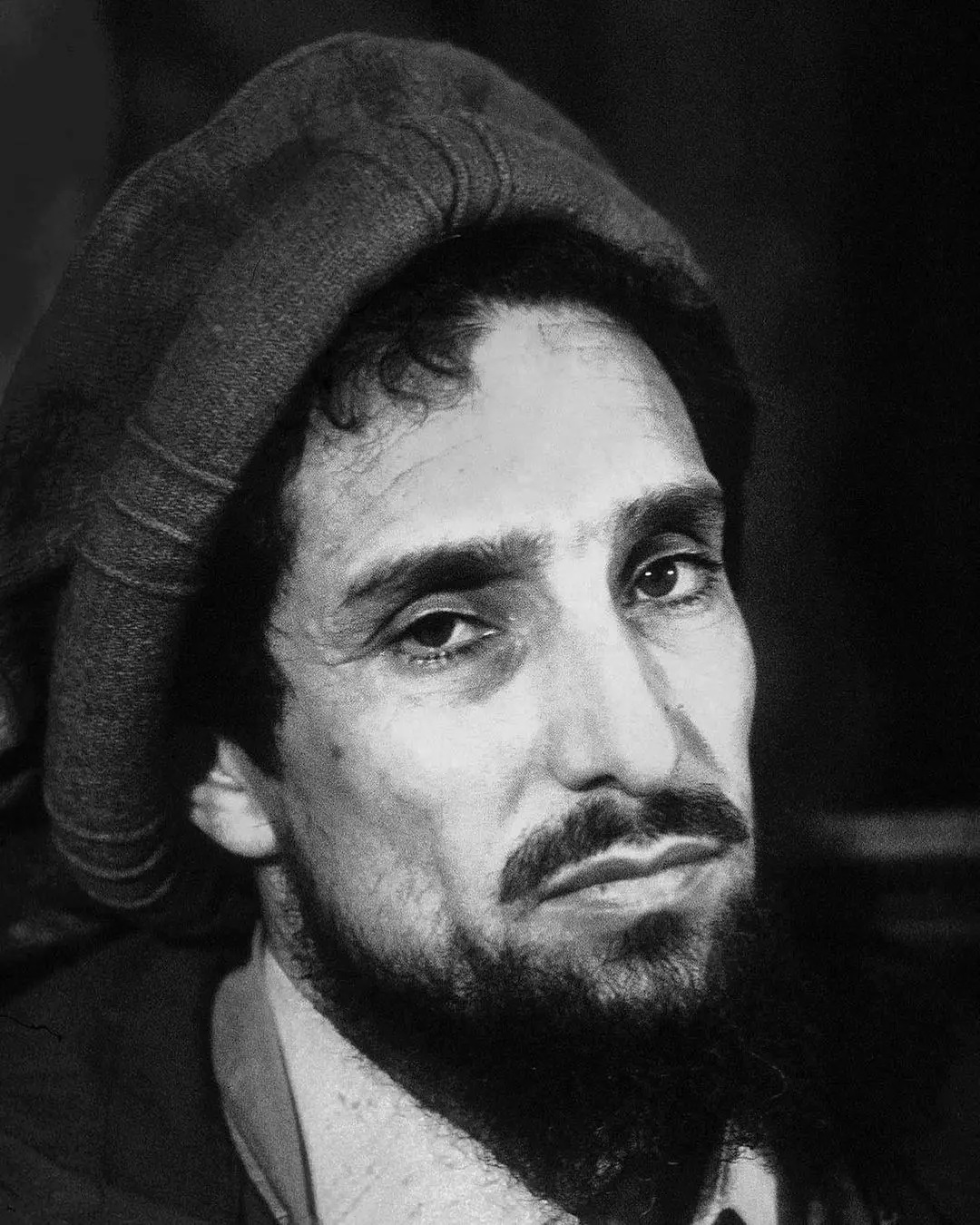
Portrait of Ahmad Shah Massoud, photographed by Alfred Yaghoubzadeh
B) Photojournalism
Photojournalism is a specific form of photography that aims to inform the public about people, events, and everyday life within a society. This type of photography is essentially the visual expression of a news story or report, which distinguishes it from other genres of photography. Key characteristics of photojournalism include timeliness, authenticity, objectivity, and narrative quality — all of which contribute to conveying real events and truths through imagery.
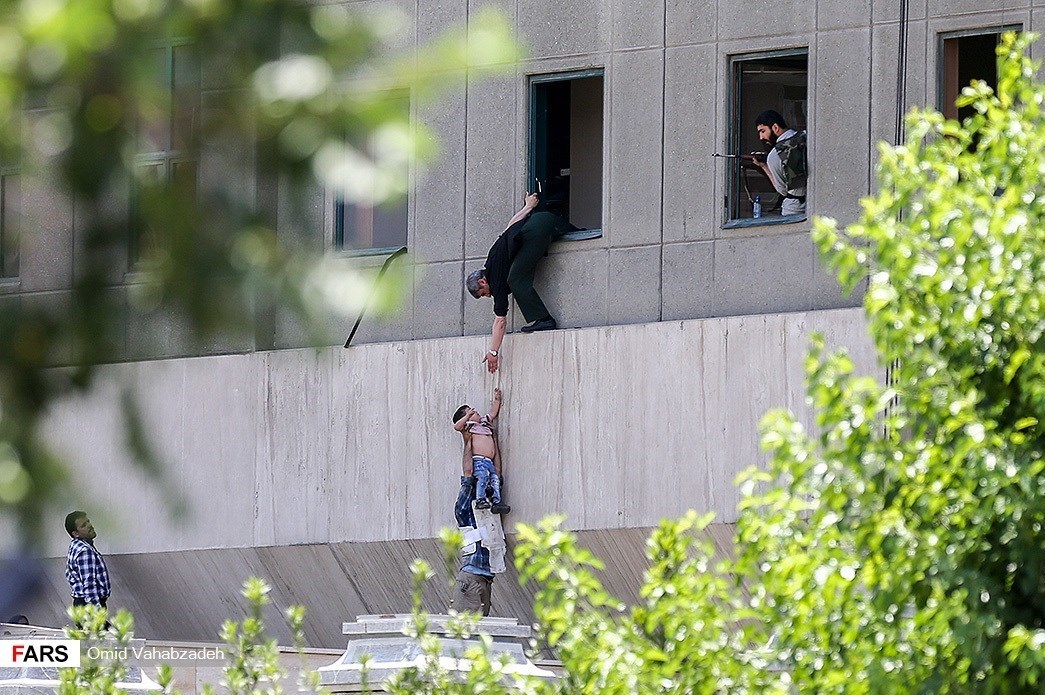
Rescue of a Child During the ISIS Terrorist Attack on the Iranian Parliament — Photograph by Omid Vahabzadeh
C) Social Documentary Photography
Social documentary photography is a type of photography that depicts human realities in natural settings. This genre often carries a critical perspective, focusing on the shared aspects of life within social groups. Topics commonly addressed in social documentary photography include: Social discrimination, Economic hardships in daily life, Hazardous occupations, Child labor, and the lives of elderly individuals. The ultimate goal of this type of photography is to influence political and social awareness, encouraging viewers to reflect on societal issues and consider the need for change.
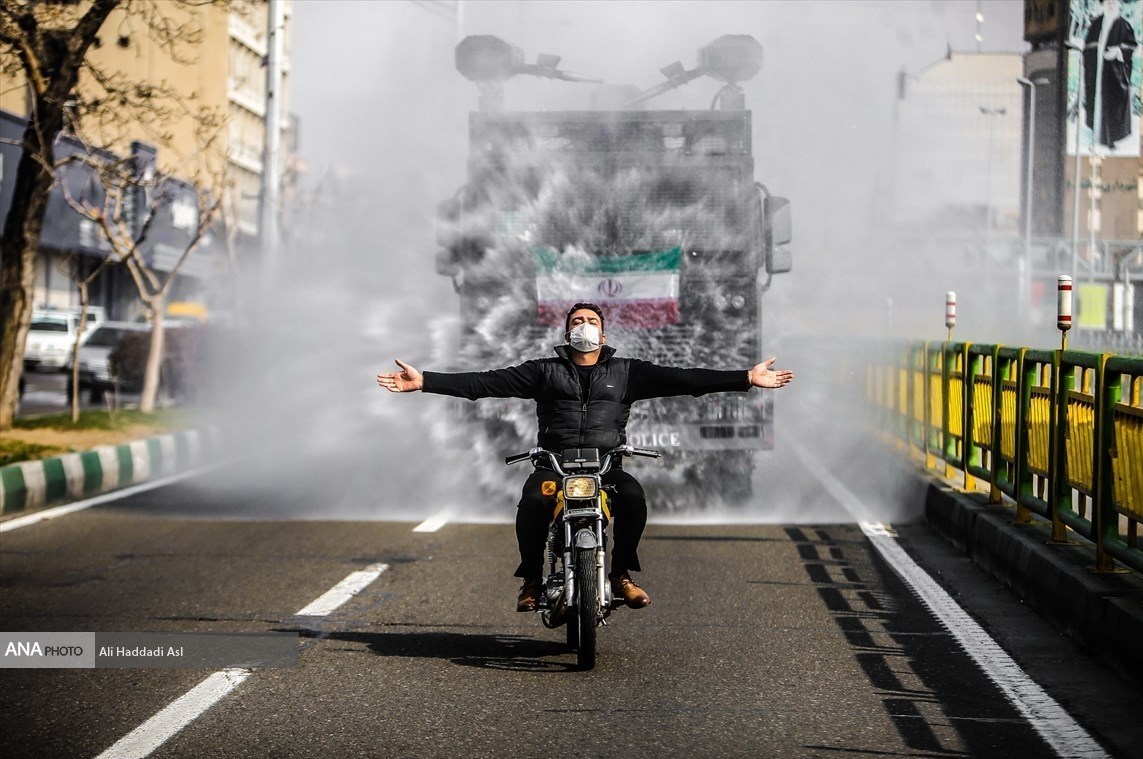
Spread of COVID-19 in Iran — Photograph by Ali Haddadi-Asl
D) Nature Photography
Nature photography is another branch of photography that captures the pristine, beautiful, and untouched aspects of the natural world, including plants, animals, and geological features. Subjects of interest in nature photography include: tall mountains, Dense forests, Vast deserts, Deep valleys, Calm lakes, and other similar natural landscapes. According to international conventions, this genre excludes man-made landscapes, cultivated plants, and domesticated animals, focusing solely on the authentic and wild elements of nature.
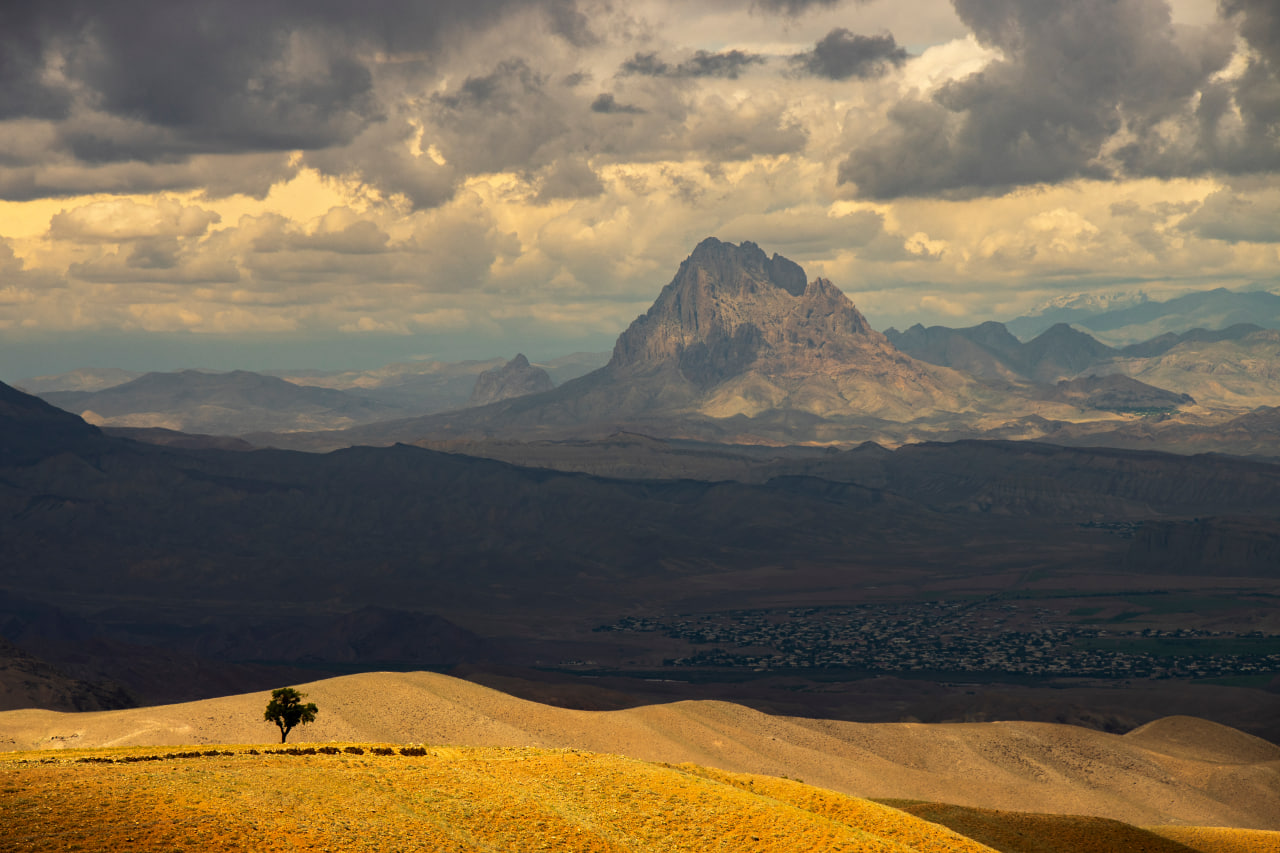
Nature of Iran — Photograph by Bahram Bayat
F) Architectural Photography
Architectural photography is a type of photography that captures buildings and similar structures, either from the inside or outside.
Key principles in this genre include: Attention to perspective, with an emphasis on the parallel lines of the building, and the second is an accurate representation of the structure within its surrounding environment. In interior architectural photography, controlled artificial lighting is often used to highlight details, while in exterior shots, photographers typically rely on natural daylight to capture the structure’s form and context. This type of photography seeks to convey both the aesthetic and functional qualities of architecture, emphasizing design, proportion, and spatial relationships.
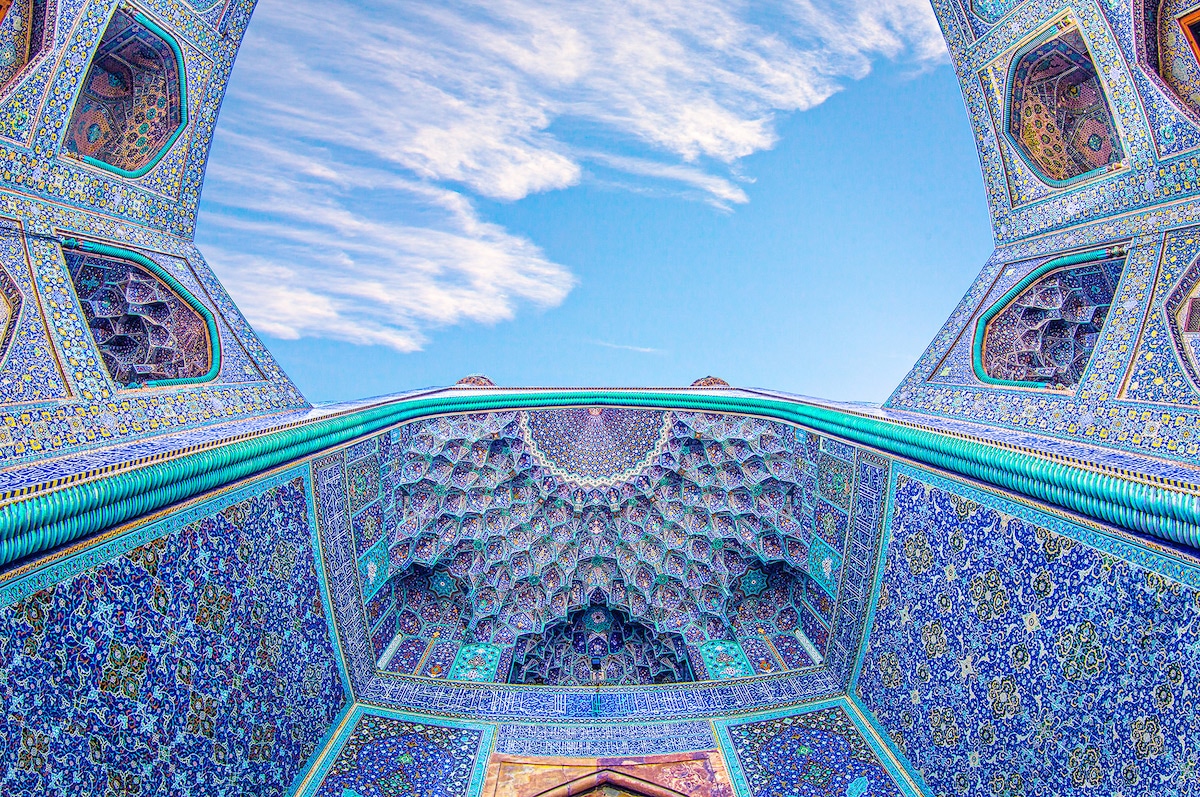
Imam Mosque, Isfahan — Photograph by Fatemeh Hossein-Aghaei
G) Industrial Photography
Industrial photography is a technical branch of photography that documents the activities of companies, factories, and industrial enterprises. This type of photography focuses on capturing: Production processes, Products, Workflow and organizational systems, Employees and staff, Equipment and machinery and the prevailing culture within the industrial unit. Industrial photographs are typically used for internal organizational purposes or for external promotional and advertising materials, showcasing the efficiency, scale, and technological capabilities of an industrial operation.
.
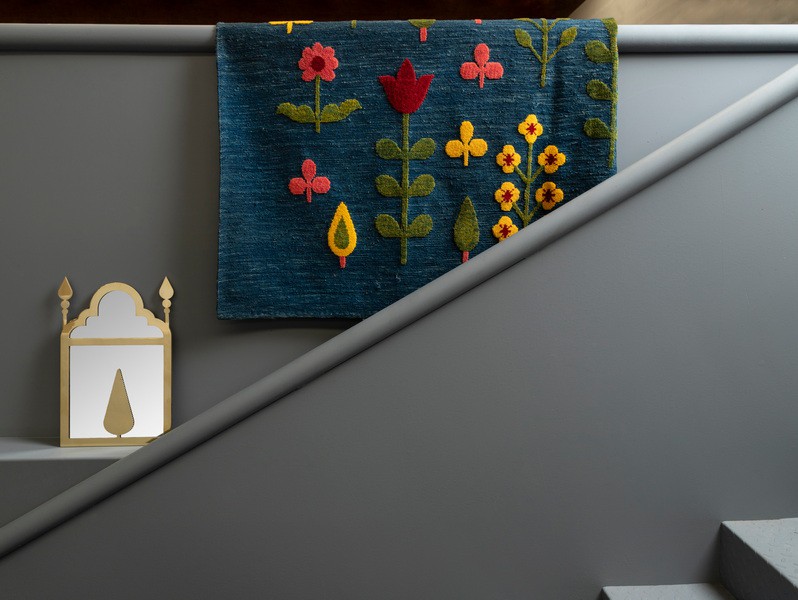
Industrial Photography — Photograph by Mohammadreza Shahrokhinejad
H) Narrative Photography (Photo Sequence)
Narrative photography, also known as photo sequence, is a photographic approach that relies on a single idea to depict a subject across two or more consecutive images.
In artistic photography, this method is often used to show the passage of time, illustrate the transformation of a subject, photograph a fixed subject at different times or locations, arrange similar images side by side, and convey mental or conceptual narratives. A key aspect of narrative photography is to establish connections and maintain continuity among the images, whether they appear in a single frame or in separate frames, creating a cohesive story or visual sequence.

Photo Series: The Rainbow Mountains — Work by Mehrdad Fathi
Photography in Iran
Photography was introduced to Iran during the reign of Mohammad Shah Qajar (1213–1227 SH / 1834–1848 AD). According to historical records, the daguerreotype apparatus was brought to the Iranian court a few years after its invention as a gift from Russia and England, and the first photograph in Iran was taken in 1221 SH (1842–1843 AD). Among the pioneers of photography in Iran were Malek Qasem Mirza (son of Fath-Ali Shah Qajar), the French photographer Jules Richard (Monsieur Richard), and Abdollah Qajar.
Modern-style photography in Iran took shape during the reign of Naser al-Din Shah Qajar (1228–1275 SH / 1848–1896 AD). Documentary photographs of this period were often produced by foreign teachers at the Dar al-Fonun School, focusing on subjects such as Iranian architecture, the royal family, and court ceremonies. One of the most active photographers of this era was Naser al-Din Shah himself. His deep interest in photography significantly promoted its development and popularity in Iran. Surviving notes and documents in the Golestan Palace attest to the Shah’s hands-on experience with photography, including his knowledge of developing and printing photographs.
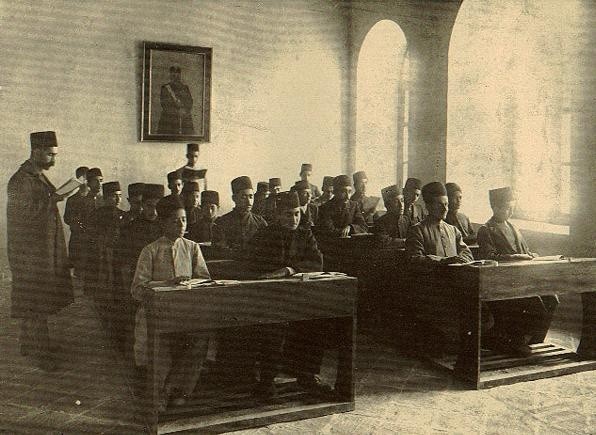
Photograph of a Classroom at Dar al-Fonun School
With the onset of the Constitutional Revolution in Iran, photography gradually moved beyond the exclusive documentation of royal figures and select architectural landmarks and began to penetrate public life. This shift occurred roughly three decades after photography was introduced in Iran, driven by the public’s desire to see the faces of freedom-seeking leaders and their activities. As a result, photography became accessible to ordinary social classes, and family portraits and personal photographs gained popularity among the general population. It was also during this period that the foundation for press photography was established, marking the beginning of photography’s role in journalism and mass communication in Iran.
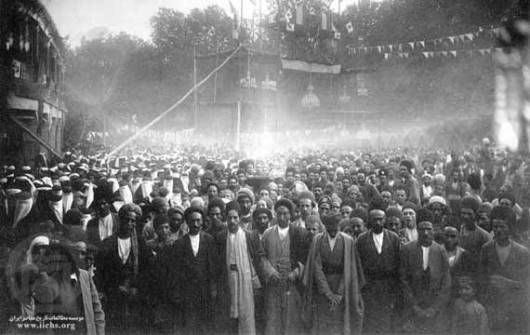
Constitutional Revolution — Crowd Gathering in Front of the British Embassy
The widespread use of photography in Iranian publications dates to the early decades of the 20th century. During this period, the introduction of more advanced equipment and smaller, portable cameras made photography more practical and accessible. At the same time, exposure to illustrated Western books and magazines and the relative freedom of the press encouraged Iranian photographers to document similar events and subjects. However, this era of press photography was short-lived; political events, particularly the coup of 18 Mordad 1332 (1953) and the resulting restrictions on press freedom, led to a decline. For nearly two decades, photography in Iran became predominantly official, commercial, and promotional.
What can be considered the beginning of contemporary Iranian photography was the sporadic efforts of individuals who turned to photography from other fields. The defining feature of these pioneering photographers was their focus on unique and interesting subjects. While most of their works were news-oriented (photojournalism), documentary, or promotional, some images hinted at the emergence of conceptual and creative photography, signaling a shift toward modern artistic approaches in the medium.
Photography of the Islamic Revolution and the Sacred Defense
The Islamic Revolution of February 1979 (Bahman 1357 SH) and the subsequent eight-year imposed war with Iraq were two major events that contributed significantly to the evolution of contemporary Iranian photography. During these periods, the efforts of a small group of Iranian photographers elevated photography to an important position alongside other visual arts. This recognition was further solidified by the international circulation of Iranian photographs, the Publication of images in foreign journals and media outlets, and winning prestigious photography awards. The outcomes of this new approach included the establishment of a genuine movement in photojournalism and social documentary photography, the creation of photography programs in universities and art schools, and eventually the organization of annual and biennial photography exhibitions dedicated to showcasing this evolving art form.
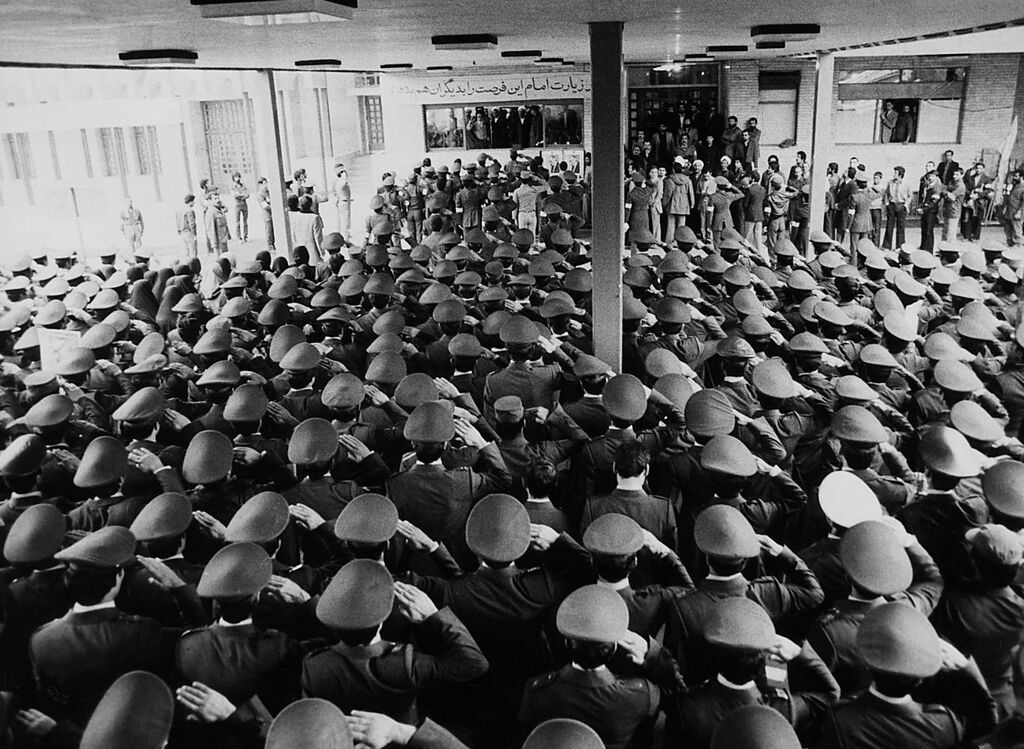
Meeting of Air Force Personnel with Imam Khomeini at Alavi School — Photograph by Hossein Partovi
In the days leading up to the victory of the Islamic Revolution and throughout the eight-year Sacred Defense (Iran–Iraq War), a number of Iranian photographers bravely took up their cameras and stood side by side with the people and soldiers on the frontlines. With extraordinary courage, dedication, and commitment, they became witnesses and chroniclers of the enduring acts of sacrifice and heroism by Iranian men and women. Their work ensured that these magnificent expressions of valor and devotion were permanently recorded in the history and visual memory of the Iranian nation, preserving the legacy of courage, patriotism, and resilience for future generations.
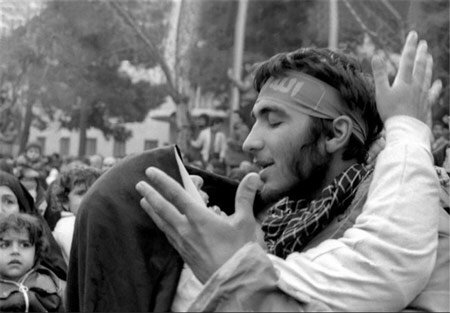
Farewell of a Mother and Her Soldier Son Before Deployment to the Front — Photograph by Sasan Moidi
However, with the growth of mass media, the travel of Iranian photographers abroad, their participation in major international events and competitions, and the widespread use of digital photography and editing tools, photography in Iran has achieved an unprecedented and remarkable diversity in recent years. As a result of these developments, Iranian photographers have become familiar with global trends and, in many cases, have adapted these influences to express local meanings and cultural content. Among contemporary Iranian photography, abstract, creative, and conceptual images now occupy the largest share, reflecting the country’s innovative artistic approach and evolving visual language.
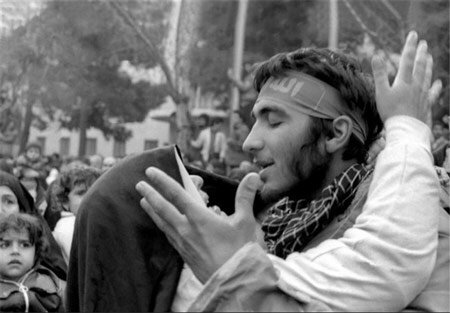













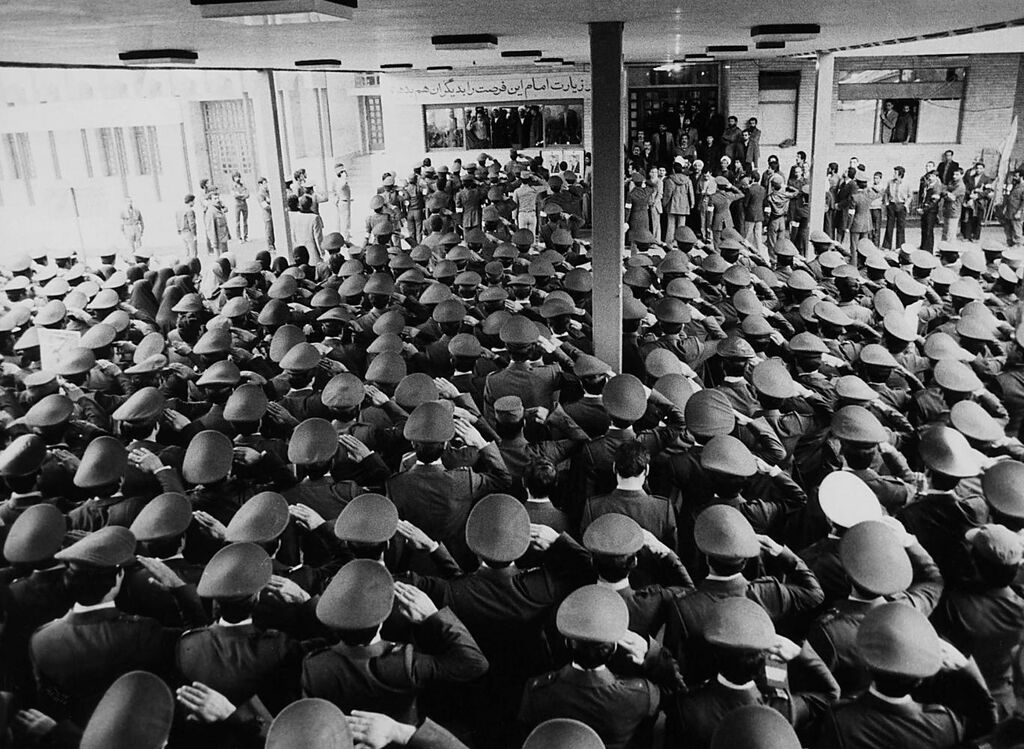
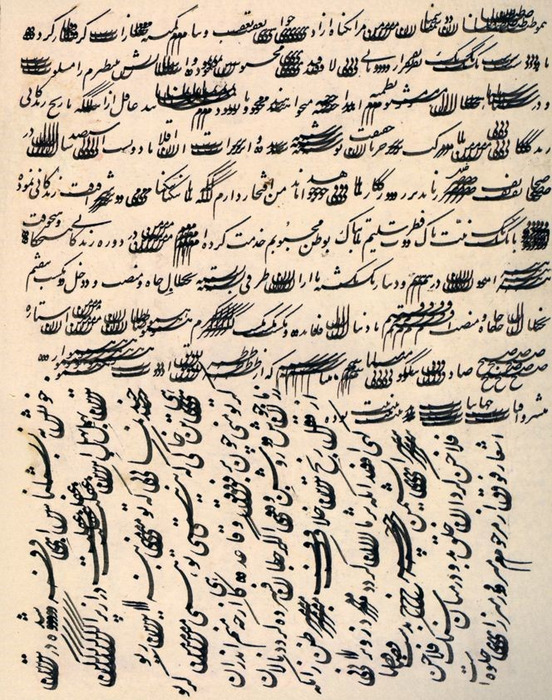
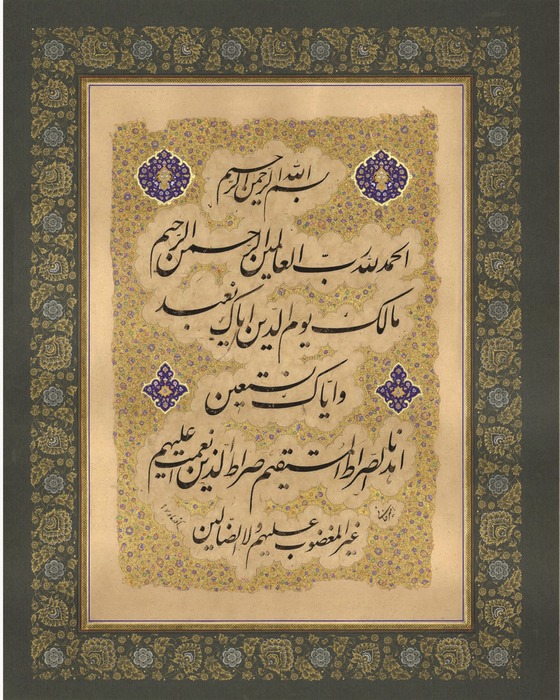
.jpg)
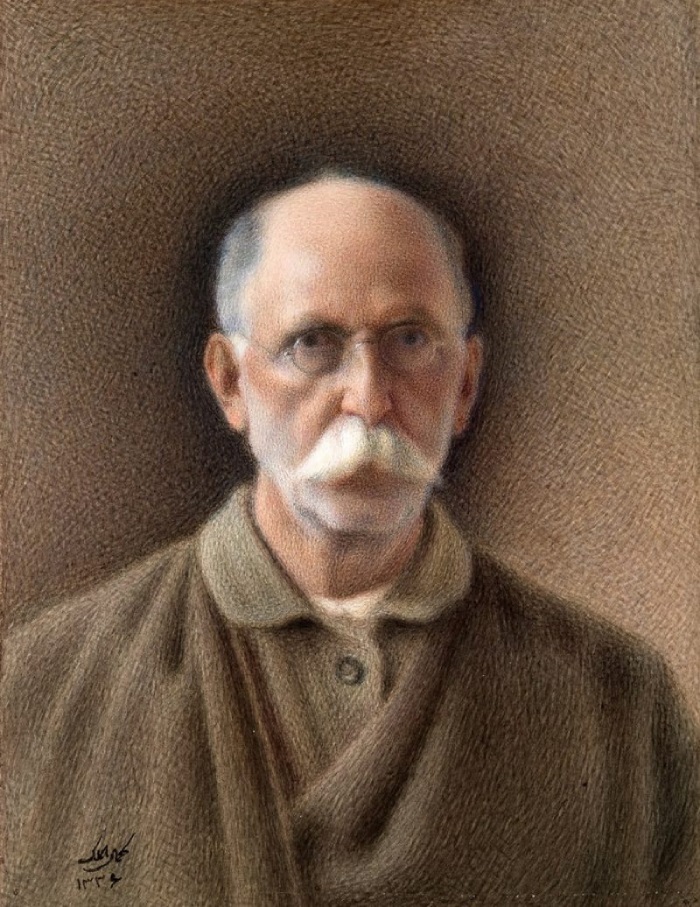
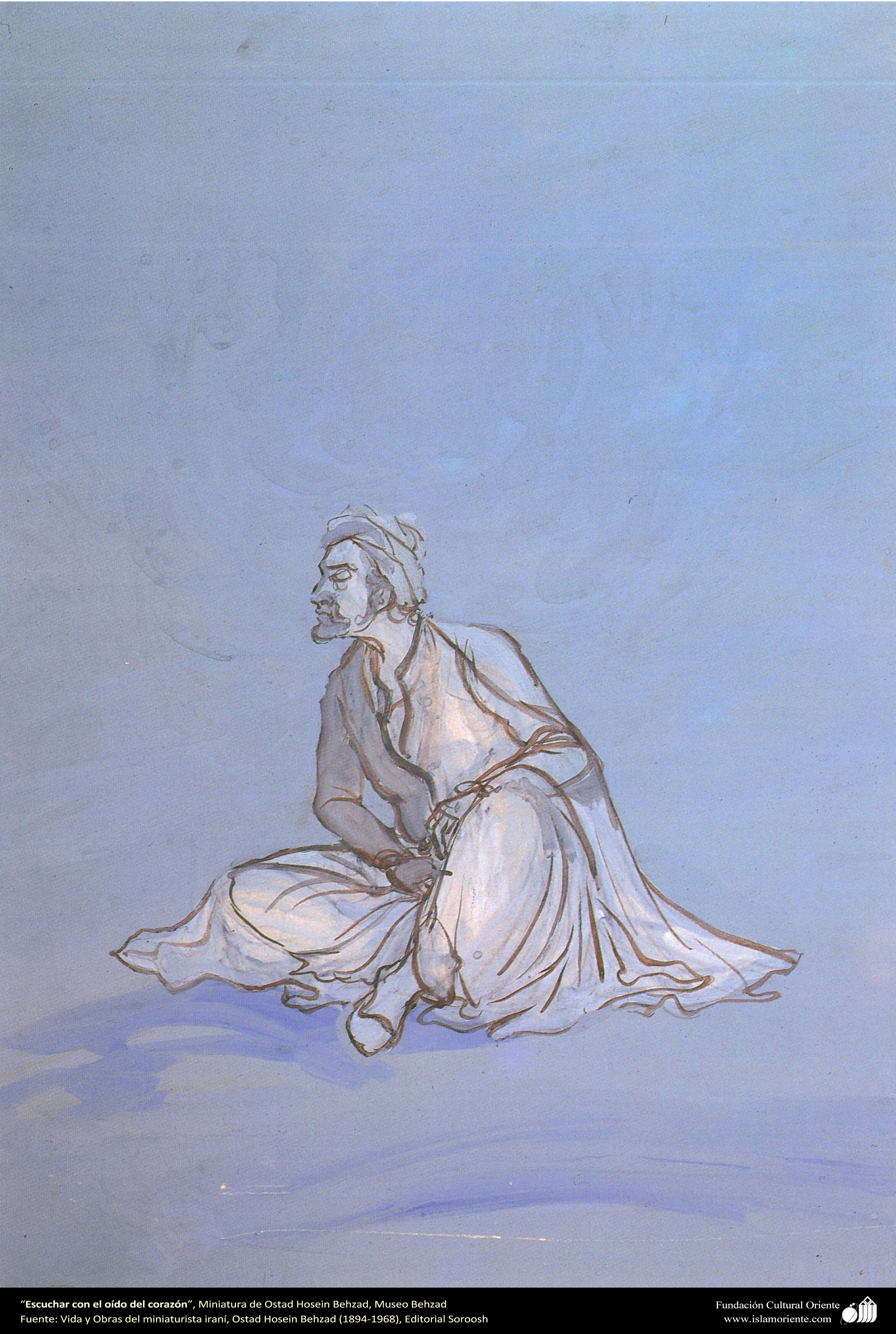

(7)_1_1.jpg)
